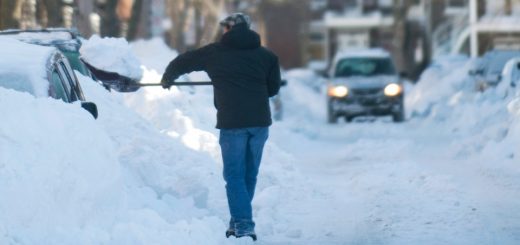There are thousands of trampolines in homes and recreational facilities throughout Ontario. While trampolines provide endless hours of fun and exercise, trampoline-related injuries are more common than you might believe. About 50 cases of trampoline injuries are reported by the Children’s Hospital of Eastern Ontario each year. This number is similar to the numbers reported by other medical facilities each year.
Unfortunately, backyard trampoline injuries are quite common because of the lack of safety procedures you see at trampoline parks. If you have a backyard trampoline, you need to take steps to reduce the risk of trampoline injuries by following basic trampoline safety practices.
Tips for Preventing Trampoline Injuries
You want to provide a safe and enjoyable activity for your children. Therefore, you need to take steps to reduce the risk of injury from backyard trampolines. To prevent injuries on trampolines, follow these safety tips:
- Never allow more than one person on the trampoline at one time. Children love to jump together; however, injuries often occur when multiple jumpers collide or fall on each other.
- Use a net to prevent falls from the trampoline. A child that jumps eight feet in the air on a trampoline that is five feet off the ground could have a 13-foot fall. You can also purchase special material to surround the trampoline that provides cushions for falls.
- Properly secure a trampoline in place. Gusts of air or high winds can cause trampolines to turn over.
- Always supervise jumpers and have a first aid kit near the trampoline for emergencies. Children should never be allowed to use a trampoline without an adult present.
- Maintain your trampoline to reduce the risk of trampoline injuries. Perform routine inspections to ensure all parts are working correctly. Immediately replace any worn or broken parts. Don’t forget to check the net and any mats surrounding the trampoline.
- Don’t encourage children to perform high-risk jumps such as flips or somersaults that can result in neck and head injuries.
- Place trampolines on level surfaces away from trees or other nearby hazards.
- Remove ladders from trampolines to prevent small children from climbing on the trampoline unsupervised.
- Covering the trampoline springs with padding can help reduce the risk of injury.
For additional information about trampoline safety, you can visit Health Canada’s website or the Canada Safety Council’s website.
Common Trampoline Injuries
Trampoline injuries can result in life-threatening conditions and permanent disabilities. Common injuries sustained on trampolines include:
- Broken bones and fractures
- Scrapes, bruises, and lacerations
- Traumatic brain injuries (TBIs) and other head injuries
- Spinal cord injuries
- Neck and back injuries
- Damage to internal organs
Always seek medical attention for any trampoline injury. It is always best to be checked by a medical professional to ensure you have not suffered a difficult to diagnose injury such as a closed head injury.
Legal Claims for Backyard Trampoline Injuries
If your child has been injured on a backyard trampoline, you may have a legal claim for damages. There may be insurance coverage to help pay for medical bills and other costs. For questions regarding the liability of property owners for trampoline injuries, contact the team of lawyers at Diamond and Diamond.
Call our 24/7 injury hotline at 1-800-567-HURT or visit our website to speak to someone now. We offer free consultations and case evaluations.







